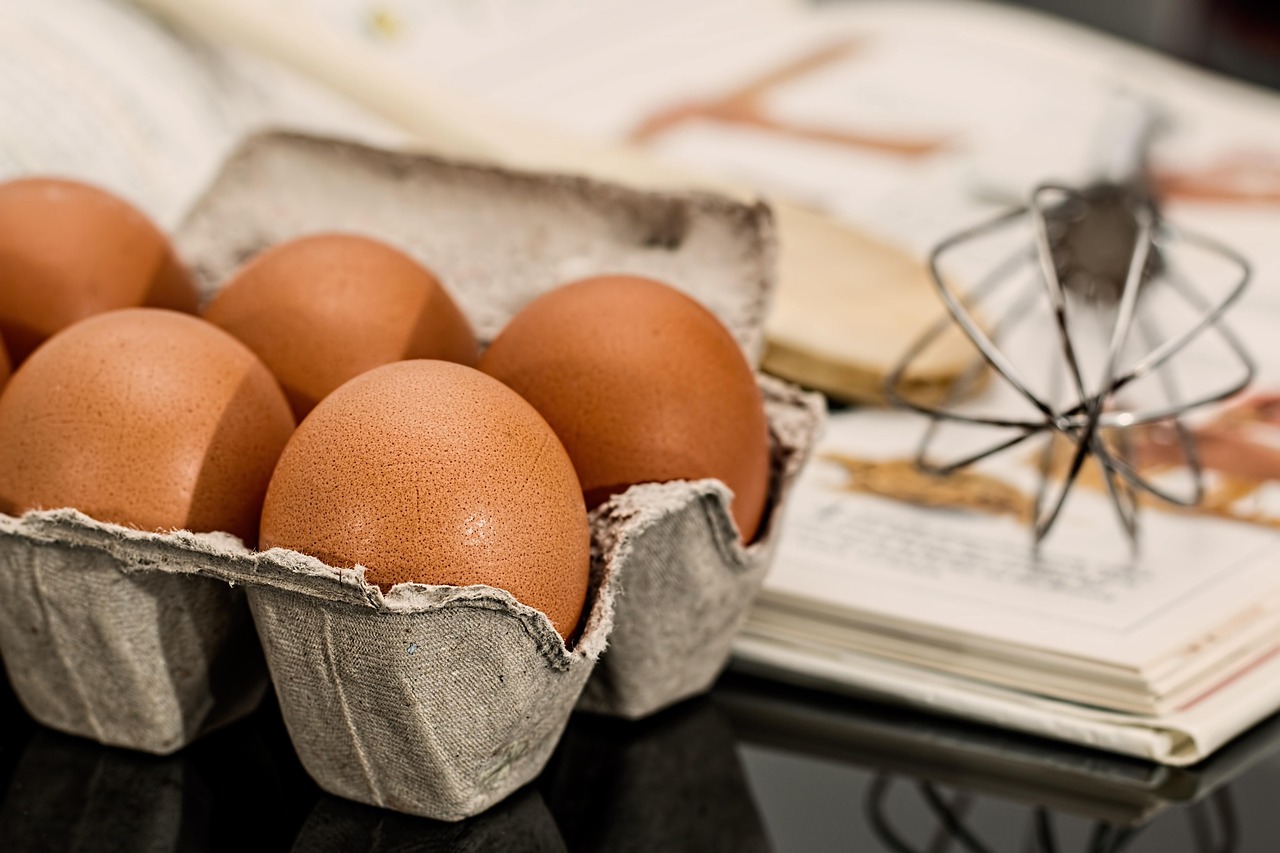The Art of Culinary Presentation
The way a dish is presented can elevate the dining experience from mere sustenance to a sensory delight. As any seasoned gourmet will attest, the visual appeal of a meal can be just as important as its taste and aroma. In this article, we will delve into the world of culinary presentation and explore how visuals can enhance the dining experience.
The Psychology of Food Presentation
Research has shown that the brain processes visual information before taste or smell, making the presentation of a dish the first impression it makes on the diner. A well-presented dish can create anticipation and excitement, setting the tone for a memorable meal. On the other hand, a sloppily presented dish can be off-putting and detract from the overall experience. According to studies, the visual appeal of a meal can influence our perception of its taste, with more visually appealing dishes often being perceived as tasting better.
The Role of Color in Culinary Presentation
Color plays a crucial role in culinary presentation, with different hues evoking various emotions and associations. For example, the color red is often associated with energy and appetite, while green is linked to freshness and health. A dish that incorporates a variety of colors can be more visually appealing than one with a monochromatic color scheme. Some of the key considerations when it comes to color in culinary presentation include:
- Contrast: using contrasting colors to create visual interest and draw attention to different components of the dish
- Harmony: selecting colors that work well together to create a cohesive and appealing visual effect
- Balance: balancing warm and cool colors to create a sense of stability and equilibrium
The Importance of Texture and Pattern
Texture and pattern are also essential elements of culinary presentation, adding depth and visual interest to a dish. Different textures, such as smooth, crunchy, and soft, can create a tactile experience that enhances the sensory enjoyment of a meal. Patterns, such as the arrangement of ingredients or the use of garnishes, can add visual appeal and create a sense of movement or energy. Some examples of textures and patterns used in culinary presentation include:
| Texture | Example |
| Smooth | Sauces, soups, and pureed vegetables |
| Crunchy | Nuts, seeds, and crispy fried foods |
| Soft | Fruits, cheeses, and cooked meats |
Plating and Garnishing
Plating and garnishing are critical components of culinary presentation, as they can make or break the visual appeal of a dish. A well-plated dish should be balanced, with each component carefully considered to create a cohesive and appealing visual effect. Garnishes, such as fresh herbs, edible flowers, or microgreens, can add a pop of color and fragrance to a dish, while also highlighting its flavors and ingredients. Some tips for effective plating and garnishing include:
- Keep it simple: avoid over-accessorizing or cluttering the plate
- Balance: balance the composition of the dish to create a sense of stability and harmony
- Highlight the main ingredient: use garnishes and plating to draw attention to the main component of the dish
Food Styling and Photography
In today’s digital age, food styling and photography have become essential skills for chefs, food bloggers, and social media influencers. A well-styled and photographed dish can create a lasting impression and make the viewer eager to taste and experience it. Some of the key considerations when it comes to food styling and photography include:
- Lighting: using natural or artificial light to create a flattering and appealing atmosphere
- Composition: arranging the dish and its components to create a visually appealing composition
- Props: using props and accessories to add context and tell a story about the dish
Q&A: Culinary Presentation
We gathered some of the most frequently asked questions about culinary presentation and answered them below:
Q: What is the most important aspect of culinary presentation?
A: While different people may have different opinions, we believe that balance and harmony are essential elements of culinary presentation, as they create a sense of stability and cohesion that draws the viewer in.
Q: How can I improve my plating and garnishing skills?
A: Practice, practice, practice! Experiment with different ingredients, plating styles, and garnishes to find what works best for you and your cuisine. Also, study the work of other chefs and food stylists to learn new techniques and gain inspiration.
Q: What role does color play in culinary presentation?
A: Color plays a crucial role in culinary presentation, as it can evoke emotions, create contrast, and add visual interest to a dish. Different colors can also be used to highlight different ingredients or components of the dish.
Conclusion
In conclusion, culinary presentation is a vital aspect of the dining experience, as it can elevate a meal from mere sustenance to a sensory delight. By considering elements such as color, texture, pattern, plating, and garnishing, chefs and food enthusiasts can create dishes that are not only delicious but also visually stunning. Whether you are a seasoned gourmet or a culinary novice, we hope that this article has inspired you to explore the world of culinary presentation and to create your own visually appealing and memorable meals. As some of the best articles from respected publications have shown, the art of culinary presentation is a constantly evolving field that continues to inspire and delight us. By embracing this art form and experimenting with new techniques and ingredients, we can create a more engaging, memorable, and enjoyable dining experience for ourselves and others.
